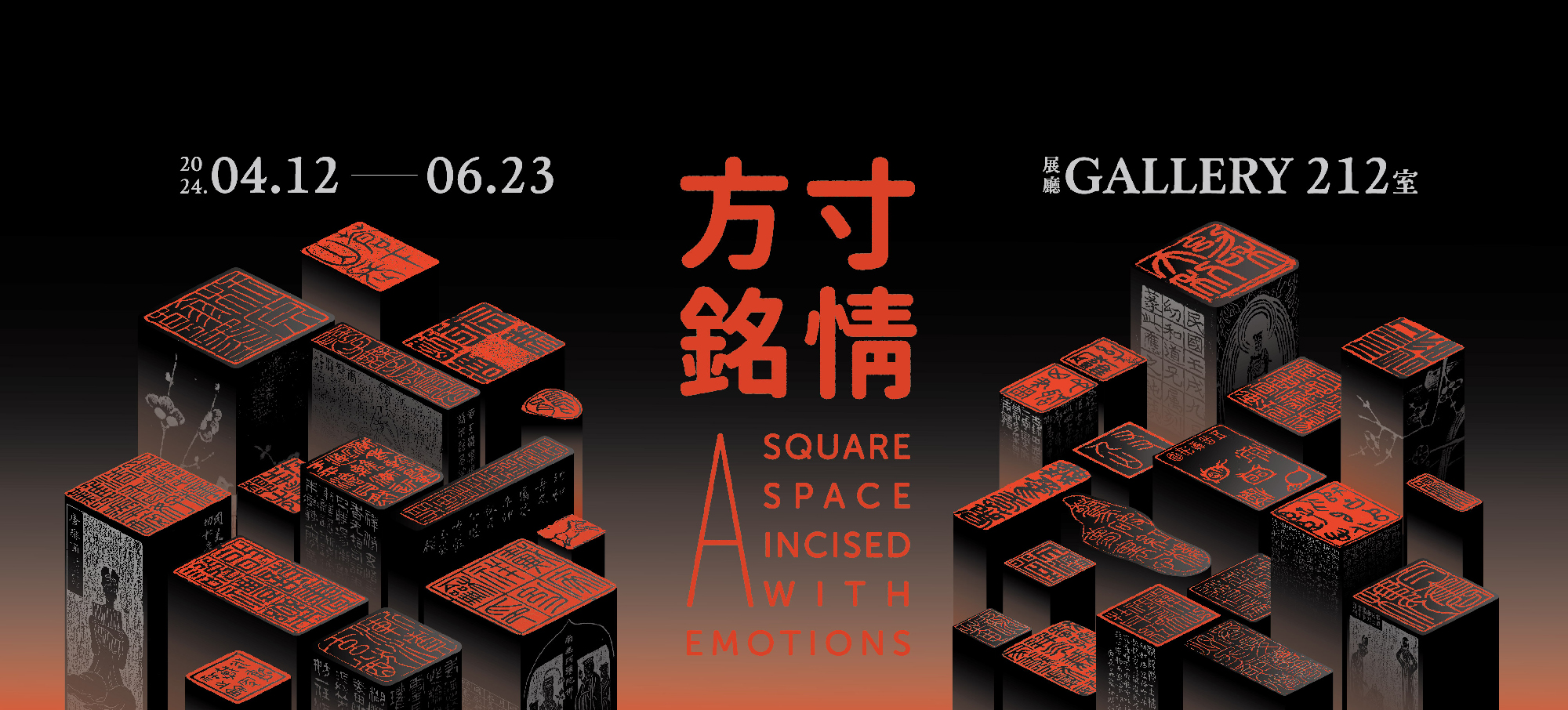Selections
-
Seal Rubbings of Wang Zhuangwei Republic Period
Paper
Seal Rubbings of Wang Zhuangwei Republic Period RepublicanPeriod Paper Wang Zhuangwei (1909-1998), original name Yuanli, sobriquet Jianweng in his later years, and studio called ‘Shizhen Tieshushi’, originated from Yi County, Hebei Province. Wang joined the army during the war, inspired by the old phrase “Children do trivial things, but gentlemen do not.”; he then further interpreted the sentence into “Gentlemen also can do trivial things.” As a result, Wang used ‘Zhuangwei’ as his sobriquet in his practice of seal carving. After Wang arrived in Taiwan, he gave lessons on seal carving and the history of calligraphy in college. Wang studied from the masters of the Jin and Tang dynasties in his early practice in calligraphy and also researched into the characters on excavated jades, stones, and bamboo sheets or clothes before the Qin dynasty. Wang set the trend with his talent and excelled at seal carvings. The selected exhibits are the seal rubbings of ‘Wushen (1968)’, ‘Renzi (1972)’, ‘Bingchen (1976)’, and ‘Rengui (1981-1982)’, donated by the Everspring Cultural Foundation.
-
Selection of Seals Qing Dynasty
Paper
The album ‘Selection of Seals’ has 36 pages in total, and each page contains 12, 18, or 24 seal marks. The album had an original serial number of ‘lu’ and was collected in the Jingyang Palace. The seal marks in cinnabar red are glued to the page, and the transcription of letters on the seal and interpretation are written in regular script in ink, placed vertically under each seal mark. The carved content of the seals includes not only ancient articles and idioms, but also illustrations of the ‘True Forms of the Five Sacred Peaks’ and the pictorial image of paired carp fishes. The arranged layout of transcription and interpretation of the seal is similar to the NPM collected seal catalogues of ‘Zhichui Fangu, Kaowen Jizhi, Yunzhuan Zhengming, Xinzhang Cuigu, Zhini Shanglun’ from the Imperial summer resort at Chengde (Jehol), organised in the 52nd year of Qianlong reign (1787), and the seal catalogue ‘Shougong Yifan’ that collected by the old antique house without the organising date.
-
Seal Marks of Baijuan Pavilion Fang Jiekan, Republic Period
Fang Jiekan, Republic Period
Paper
Fang Jiekan (1901-1987) was a native of Yongjia (now Wenzhou, Zhejiang Province), real name Wenqu, style name Jiekan. Fang used his style name for the introduction, sobriquet Chanyuan Laoren (old man of cicada garden) in his later years, the studio called ‘Yuzhuan Pavilion’ and ‘Wanxian Studio’; he once served as the vice president of Xiling Seal Art Society. Fan specialized in painting, calligraphy and seal carving; his talent allowed him to integrate the inscriptions of artefacts into his practice of seal carving. Moreover, he was especially gifted at carving jade seals and bird-worm seal script. Fang’s art delivered a robust and solid expression, placing him in a significant position in contemporary seal art. Fang carved many seals for Zhang Daqian (1899-1983); therefore, he gained the compliment of ‘Zhang’s painting, Fang’s seal’.
The ‘Seal Marks of Baijuan Pavilion’ collects 105 pieces of seal marks; the seal marks used cinnabar red ink and stamped in opposite directions, separately done in 1922 to 1951. This exhibit is a donation from Mr Fang Guangqiang. -
Seal Mark of Jiang Zhaoshen’s Personal Seal Republic Period
Paper
Jiang Zhaoshen (1925-1996), style name Jiaoyuan, studio called ‘Lingou Studio’, was a native of She County, Anhui Province. Jiang was a painter, calligrapher, seal-carving artist, and art history scholar; he was the head curator of the painting and calligraphy department and the deputy director of the NPM.
Jiang developed an interest in seal carving at a young age; his practice gained significant achievement when he was only 13 years old, and he could support his family by selling his art. In 1962, Jinag joined the ‘Haijiao Seal Association’ founded by Wang Zhuangwei, Zeng Shaojie (1910-1988), and Wang Beiyue (1926-2006). Jiang’s seal carving took models of Imperial seals from the Warring State Period, Qin, and Han dynasties, collaborating with the study of masters from the Zhejiang and Anhui area; Jiang imitated the jade-cutting method and even created irregular edges and chisel points to achieve an archaic elegance of harmonic rhythm that mimicked the natural decaying.


